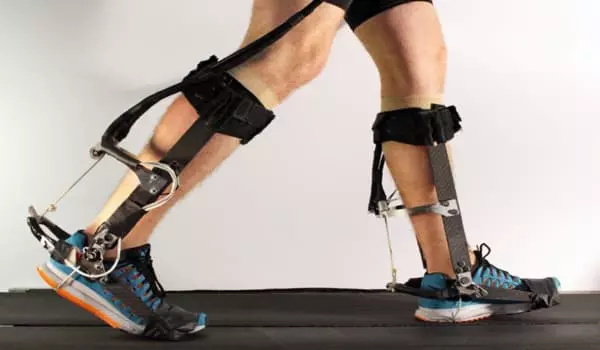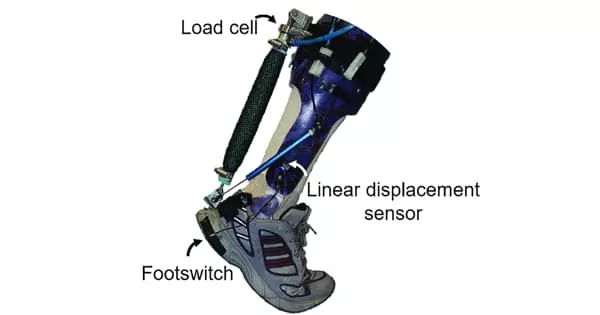Neural control could one day allow patients to operate robotic prosthetics with their thoughts. Researchers have discovered that with the help of physical therapy, patients can achieve more with such neural control than scientists previously thought was possible. Lower-body exoskeletons are being developed by research teams all over the world to help people walk. These are essentially walking robots that users can strap to their legs to assist them in moving.
A group of researchers linked a robotic exoskeleton to a neural interface, allowing a patient who had lost his foot and lower leg to control the powered system with his thoughts. These exoskeletons can frequently perform pre-programmed cyclic motions like walking on their own. When it comes to assisting patients with more complex activities, patients should ideally be able to control these robotic prosthetics with their thoughts—for example, using sensors attached to legs that can detect bioelectric signals sent from your brain to your muscles telling them to move.
According to a study published this month in the journal Wearable Technologies, by combining the robotic prosthesis with sensors that could pick up the signals sent down to the foot by the man’s brain, the system allowed for a far greater range of movement and control than exoskeletons is typically capable of. While it took a significant amount of physical therapy to get the patient to the point where he could steer the technology with his thoughts, IEEE Spectrum reports that it represents a significant advancement in the pursuit of giving people total control over new robotic limbs.
Autonomous control works really well for walking. However, having neural control would be beneficial for activities other than walking, such as tennis or freestyle dancing.
Helen Huang
“That stability and subtle control while standing were pretty surprising,” said the lead study author, a biomedical engineer at North Carolina State University, to IEEE Spectrum. Typically, robotic exoskeletons are pre-programmed with motions such as walking to assist their wearers in getting around. But by handing the keys over to the actual person, a wide variety of new movements suddenly became possible.
“Autonomous control works really well for walking,” NC State biomedical engineer Helen Huang, study co-author, told IEEE Spectrum. “However, having neural control would be beneficial for activities other than walking, such as tennis or freestyle dancing.”
In this case, the man wearing the prosthetic leg was able to sit, stand, and squat down to grab something from the floor on his own. He demonstrated far greater mobility and control than someone wearing a typical exoskeleton throughout the experiment.

The team intends to test the technology on more volunteers in the future, as well as figure out what’s going on internally that allows their nervous system to actually steer the robotic leg. “Do they reestablish their original neural pathways?” Huang told IEEE Spectrum.
The 57-year-old volunteer was paralyzed on his left leg halfway between the knee and the ankle. Over the course of two and a half weeks, he had five training sessions with a physical therapist, each lasting about two hours. The physical therapist assisted in providing feedback to the volunteer on how the joint was performing and trained him “first on joint-level movements, then full-body movements and full-body coordination,” according to Fleming.
After training, the volunteer was able to complete a variety of tasks that he had previously found difficult. These included rising from a seated position to a standing position without the use of a cane or squatting to pick something up off the ground without compensating for the motion with other body parts.
Furthermore, whether standing or moving, the volunteer’s stability improved beyond expectations. Amputees who use lower-limb robotic prostheses often have less stability while standing because the machines cannot predict any disturbances or the ways in which a person might anticipate and compensate for such disruptions.
“That stability and subtle control while standing was pretty surprising,” says study lead author and biomedical engineer Aaron Fleming of North Carolina State University.
The researchers’ next goal is to examine more patients with robotic prosthetics and put them through more tasks, such as avoiding obstacles. They also want to look into what these volunteers’ nervous systems might be doing during such training. “Are they re-establishing their original neural pathways?” Huang inquires.
















